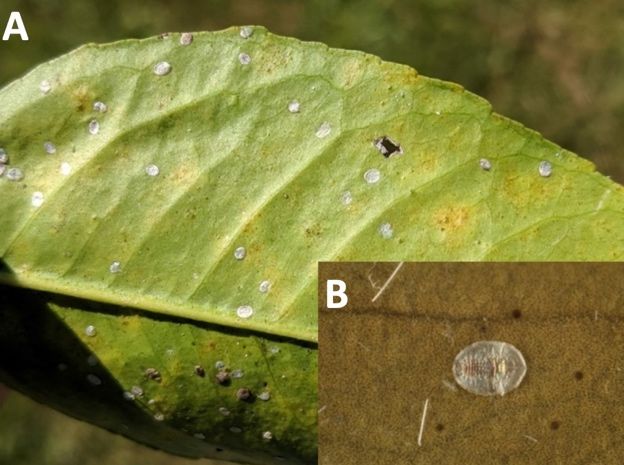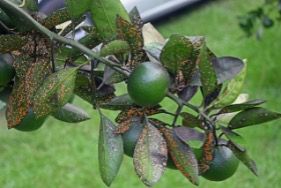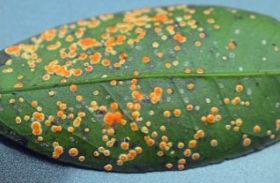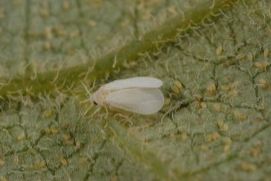Life Cycle
Citrus whitefly eggs are small (0.2–0.3 mm), pale yellow, and smooth. Citrus whitefly has 3 nymphal instars. Nymphs are generally translucent and oval shaped, with no legs or antennae. Pupae gain a thickened skin through which eye spots are sometimes visible.
The citrus whitefly adult is a 3.2 mm long winged insect that is covered with a white waxy powder, causing it to have no pigmentation or distinguishing marks. It is significantly bigger than the silverleaf whitefly found on vegetables.
The adult female citrus whitefly can lay up to 150 eggs on the underside of immature leaves.
Spring and summer are the most common times to see citrus whiteflies. Populations of citrus whiteflies tend to increase during the summer.
Damage
Citrus whiteflies prefer to feed on citrus but are also known to infest other plants such as lingustrum and gardenia. Whiteflies damage citrus by ingesting large quantities of sap, much of which is excreted as honeydew; this honeydew promotes development of sooty mold.
Citrus whitefly has historically been controlled by a suite of predators including the entomopathogenic fungus Aschersonia aleyrodis, which can collapse entire populations of whiteflies.

Credit: X. Martini and L. Buss, UF/IFAS respectively

Credit: D. Mayo, UF/IFAS

Credit: D. Mayo, UF/IFAS

Credit: L. Buss, UF/ IFAS